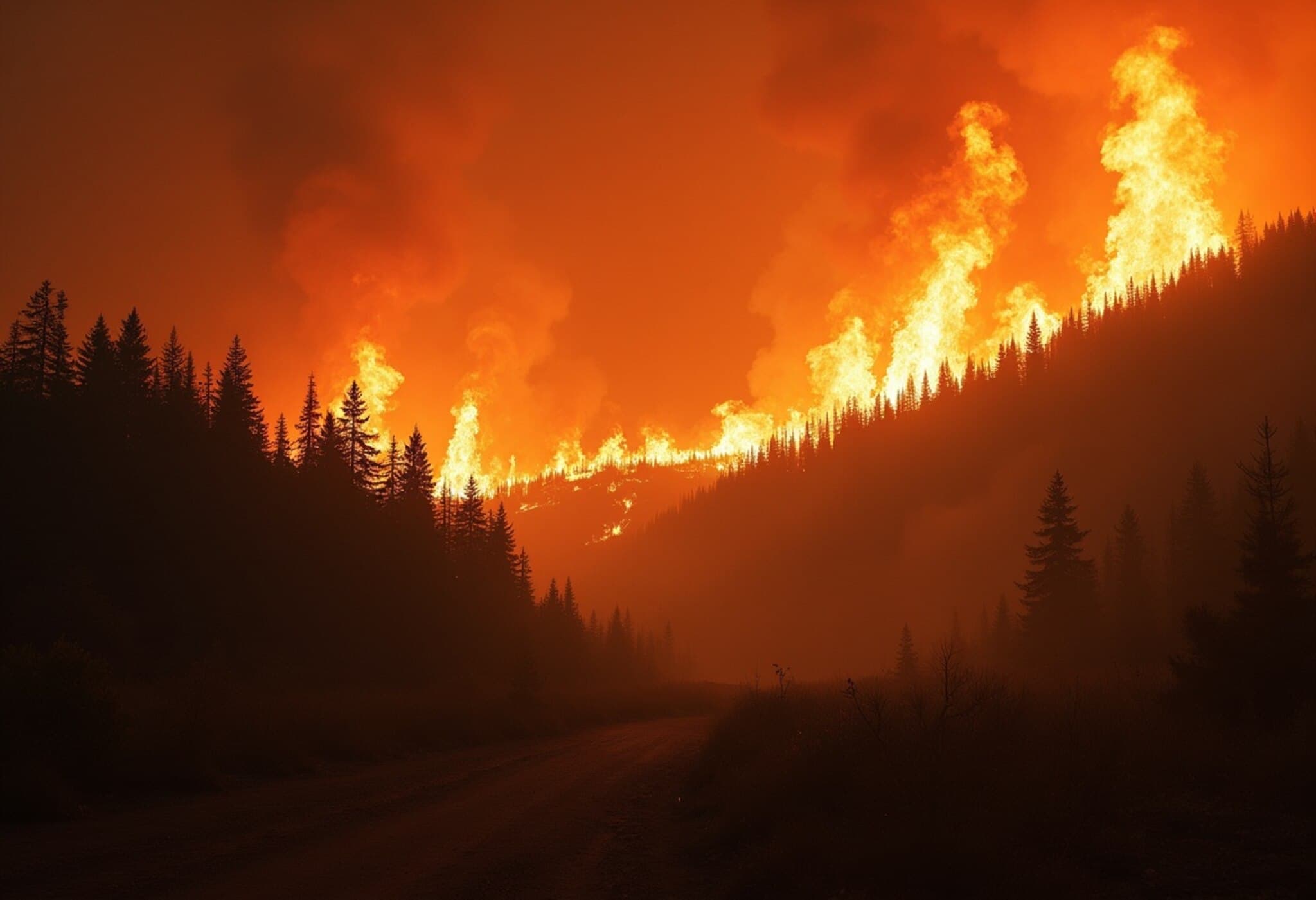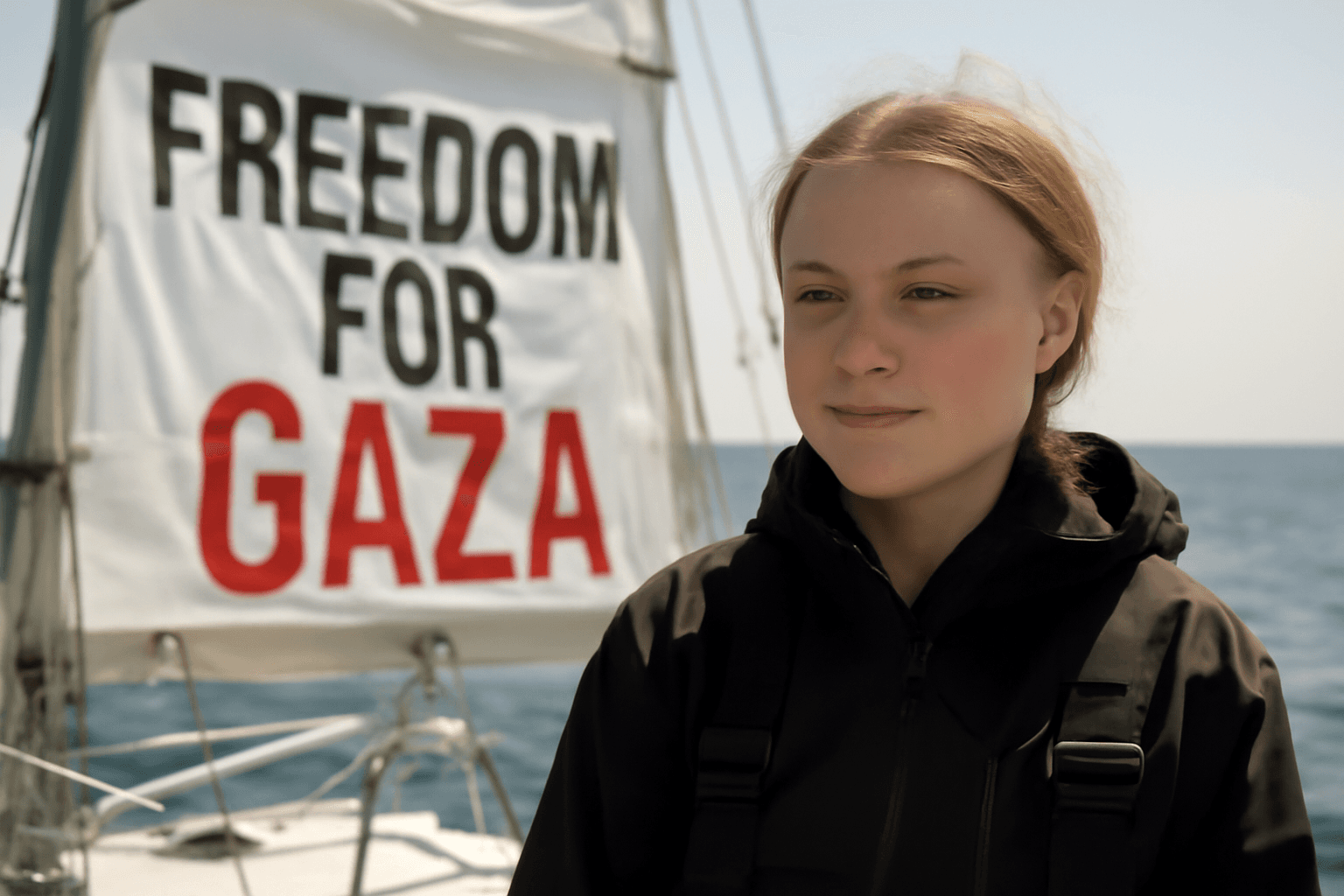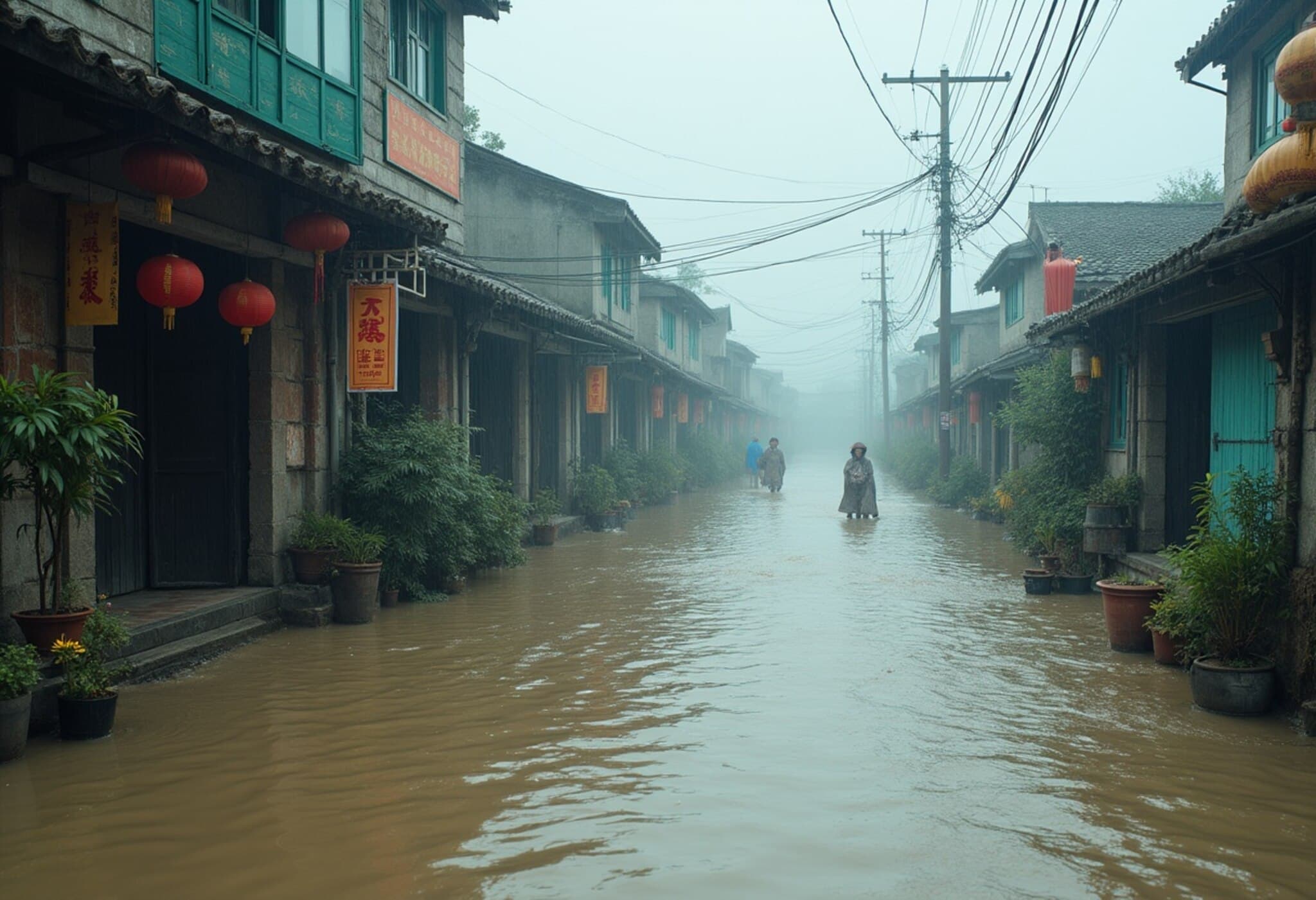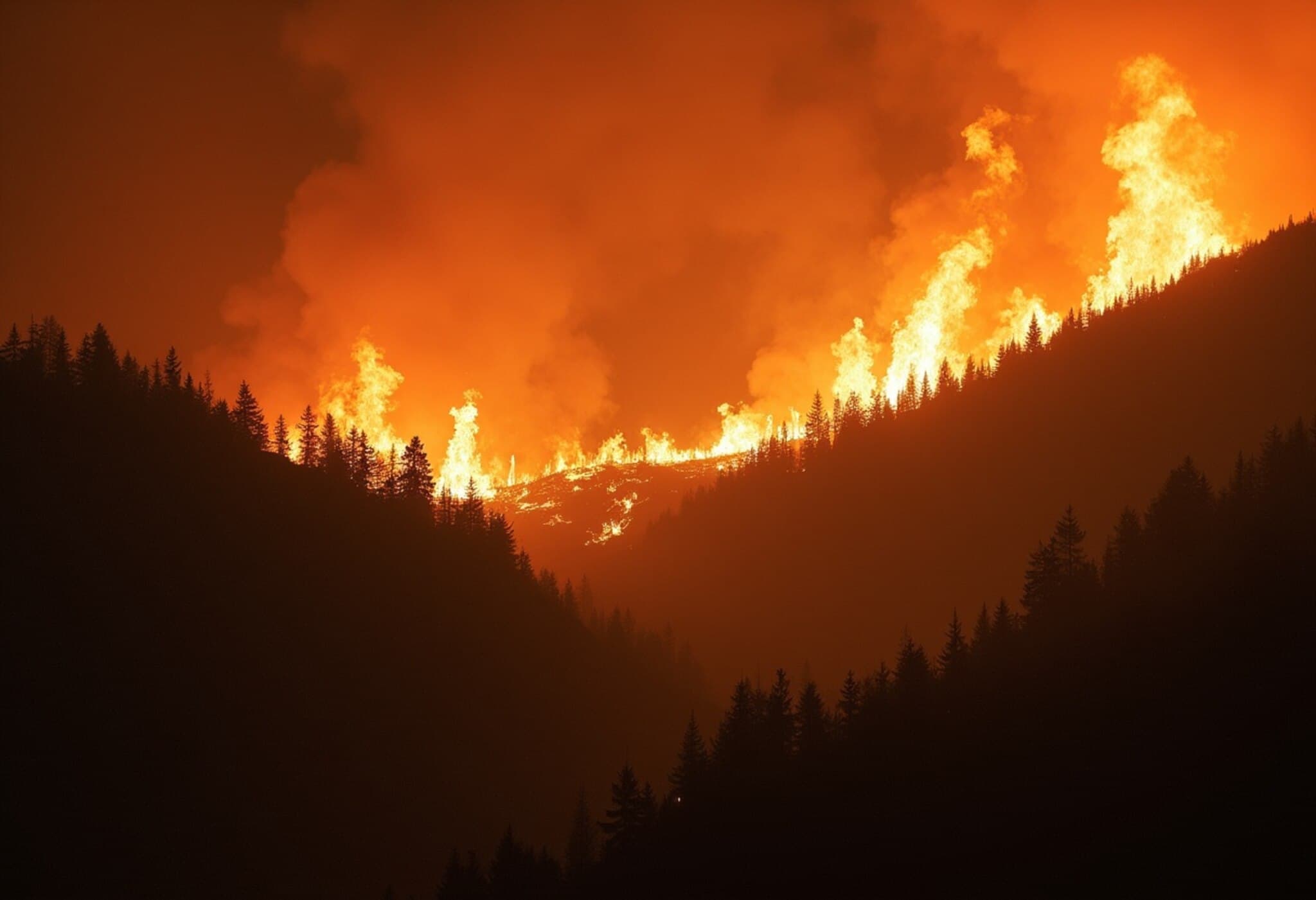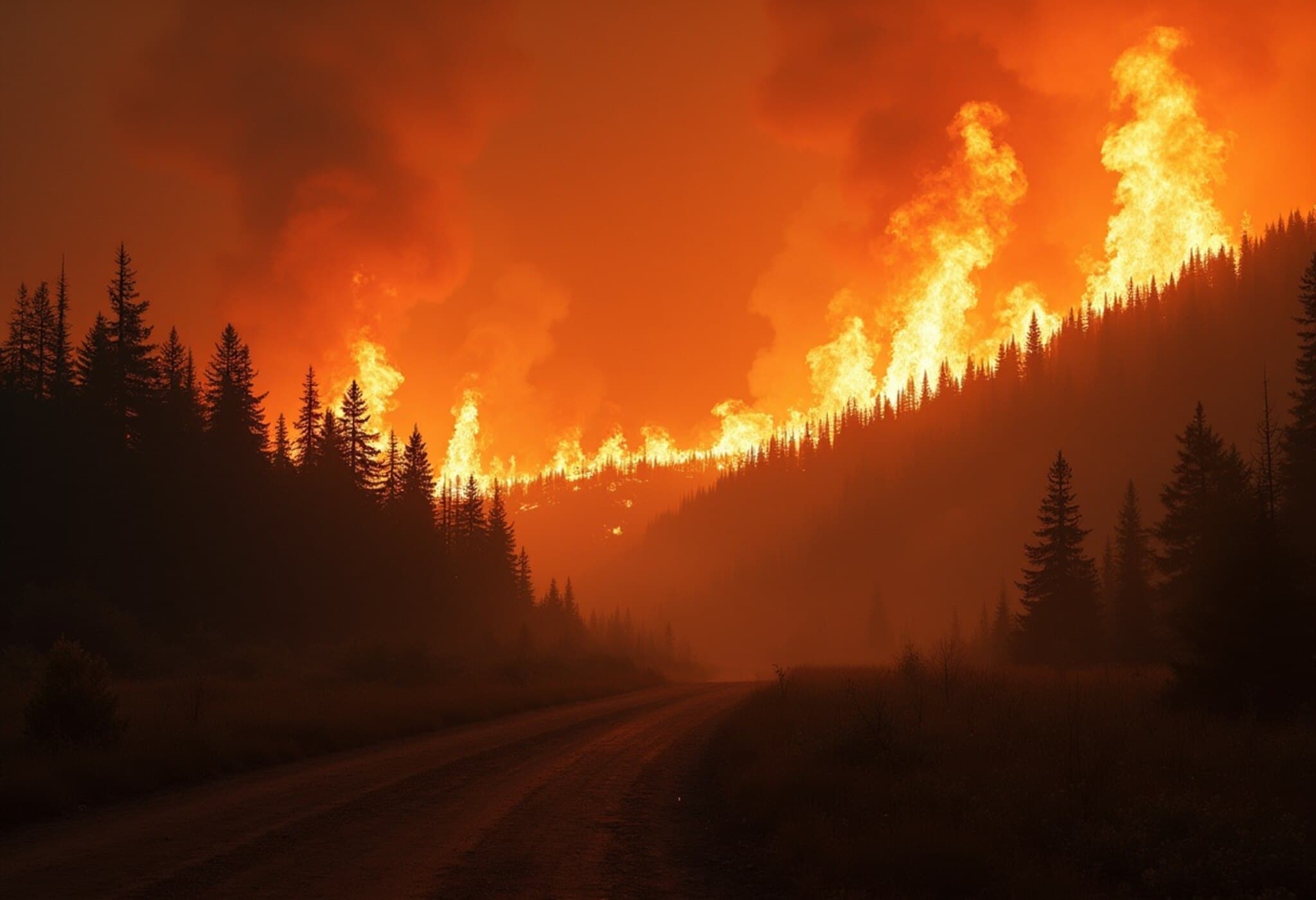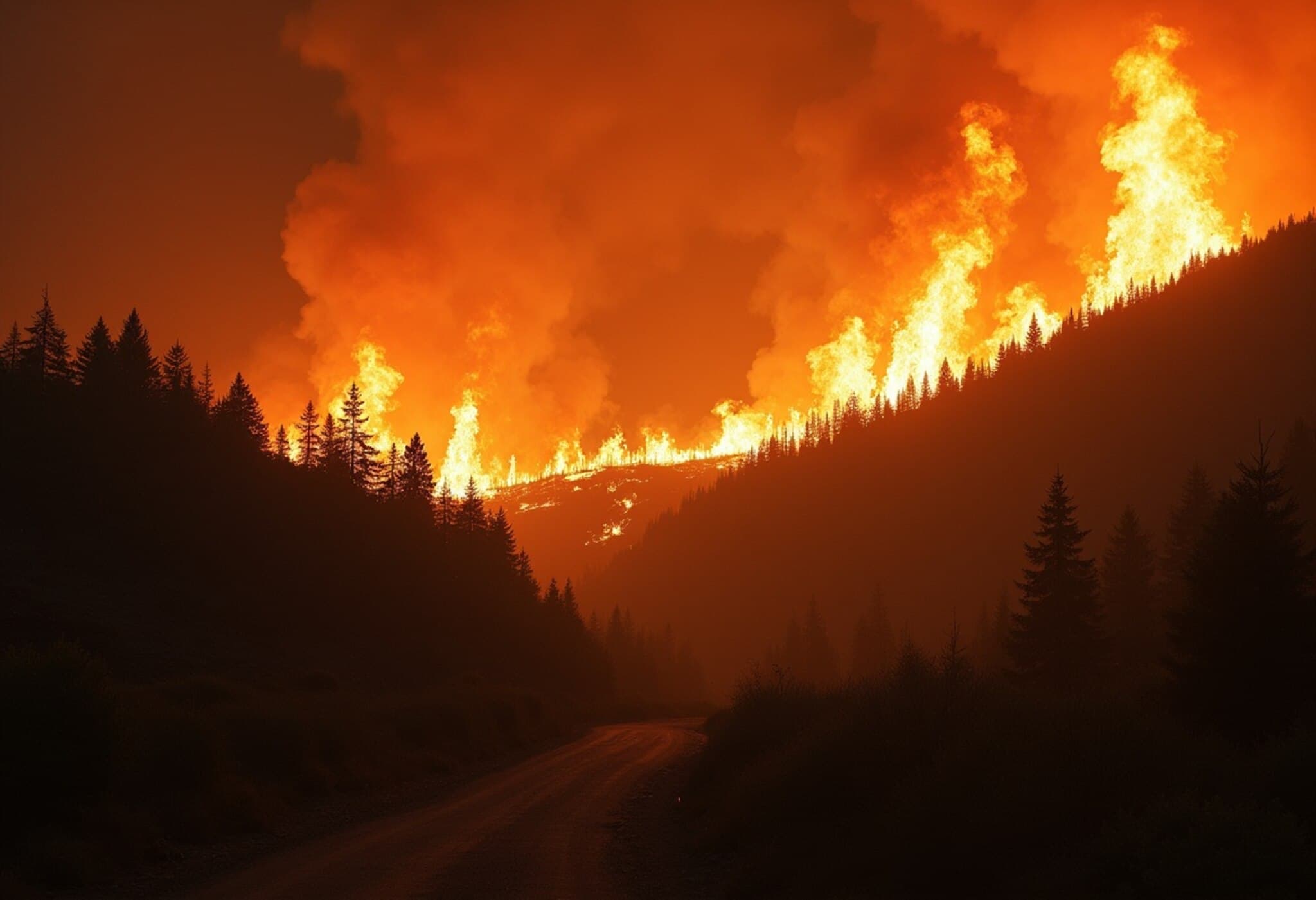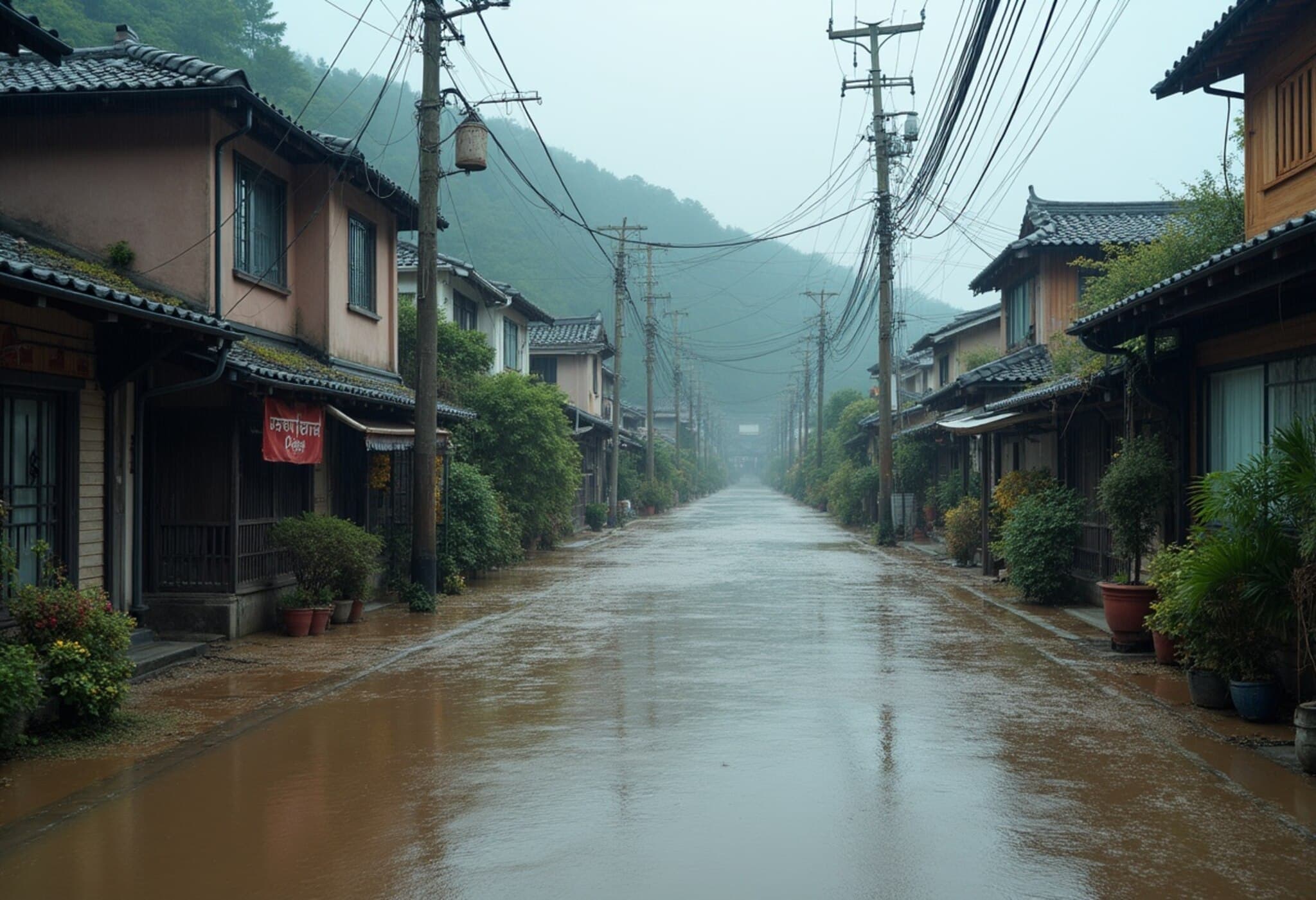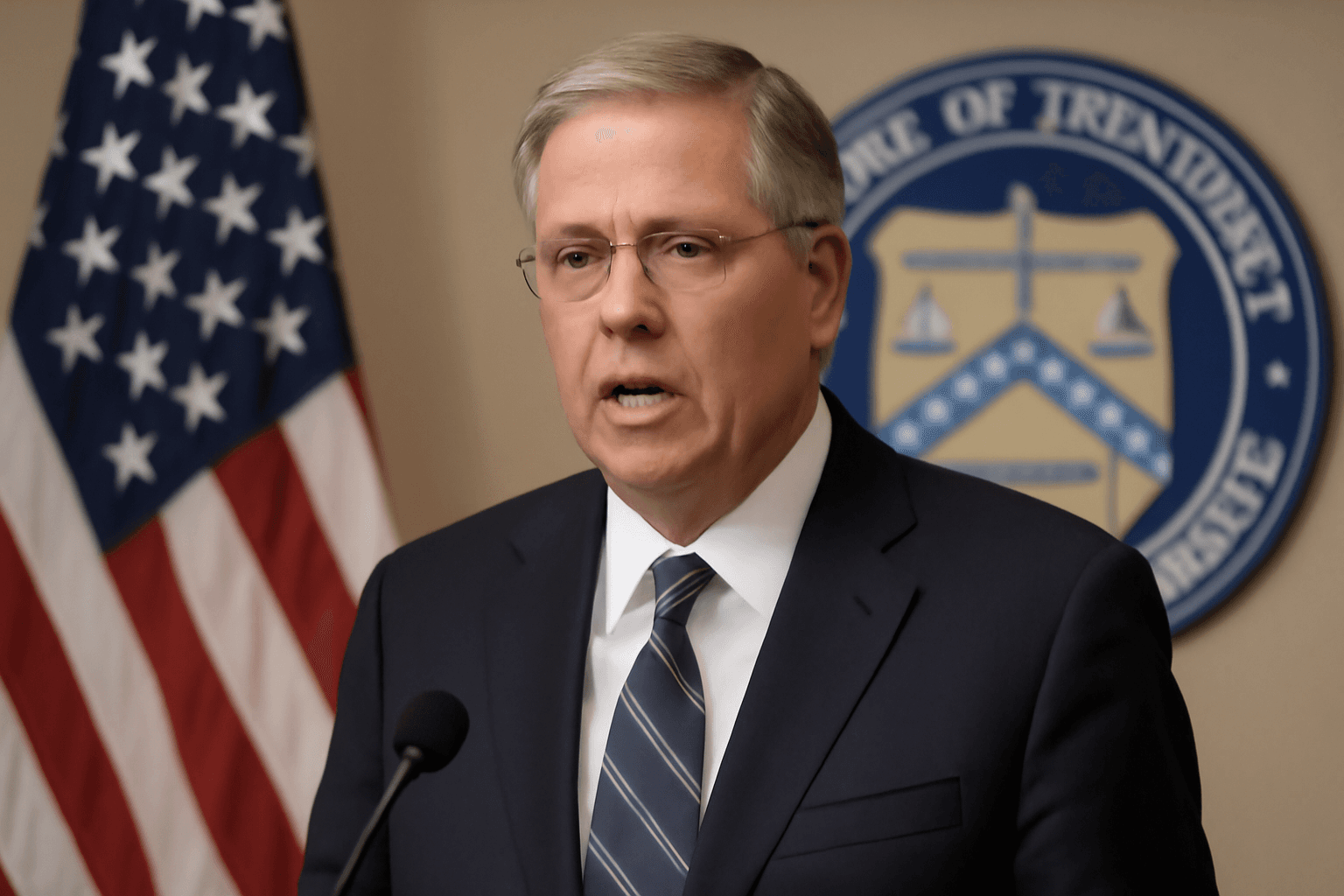Florida’s Increasing Hurricane Risk Spurs Insurance Crisis
In the wake of intensifying hurricanes and shifting climate patterns, Florida’s homeowners are facing an unprecedented battle: soaring insurance costs and dwindling coverage options. The story of Dayna and Matt Fancher, longtime residents of Fort Myers Beach, brings this crisis into stark relief. They lost their home to Hurricane Ian in 2022 and, despite paying doubled insurance premiums, struggled to receive fair compensation from their insurer. Their experience underscores the growing financial and emotional toll hurricane risk is exacting on Floridians.
The Insurance Crisis Unfolds: Personal Stories and Broader Trends
For nearly thirty years, the Fanchers called their Fort Myers Beach property home. After Hurricane Ian wreaked havoc, rather than a smooth recovery, they were left grappling with insurance adjusters who contested much of their damage claims. The payout they eventually received covered only about a third of the true rebuilding costs, leaving them to secure construction loans to restore their home.
“We have the same coverage, we pay double, and still don’t get the help we need,” Matt Fancher lamented—a sentiment echoed by many Floridians caught in the same predicament.
Skyrocketing Premiums Reflect Mounting Climate Risks
Florida’s homeowner insurance market is under siege. Since 2021, the state has been battered by four major hurricanes—Ian, Helene, Idalia, and Milton—pushing insurance premiums through the roof. Residents now face average yearly premiums soaring well beyond $14,000 in vulnerable coastal areas like Fort Myers Beach, which saw a leap from about $9,000 in 2019.
Natural catastrophe claims surged, with over half a million filed after Hurricane Ian alone. This flood of claims rattled insurers, causing both local firms to declare insolvency and large national companies like Farmers Insurance to retreat from the Florida market.
Legislative Efforts and Market Responses
Some progress has been made at the policy level. According to Mark Friedlander from the Insurance Information Institute, legislative reforms have helped temper premium increases in 2024, bringing Florida’s rate hikes to the nation's lowest and attracting new insurers to the market.
Despite these efforts, the underlying challenge persists: climate change is amplifying hurricane severity and frequency, making the risk far more difficult and expensive to insure.
Climate Change: The Catalyst Behind Rising Hurricane Intensity
Scientists link rising sea surface temperatures in the Gulf of Mexico to a warmer atmosphere, creating the ‘perfect storm’ conditions that fuel more powerful hurricanes. For example, Hurricane Helene unleashed 10% more rainfall than it would have under pre-industrial climate norms, with some parts of Florida receiving unprecedented downpours exceeding 26 inches.
Jeremy Porter, a climate risk analyst at First Street Foundation, elaborates,
“Our risk models have lagged behind actual climate realities. Now, as we adjust our calculations, insurance rates climb rapidly, squeezing household budgets.”
The Domino Effect: Insurance Costs, Market Shifts, and Property Values
With fewer insurer choices, many Floridians are turning to Citizens Insurance Property Corp., the state-backed, non-profit insurer designed as a last resort. However, this shift itself has driven premium increases due to the high-risk portfolio Citizens manages.
Looking ahead, Porter warns that by 2055, homeowner premiums in regions like Tampa could triple due to hurricane risks. This scenario mirrors other U.S. regions battling climate threats—California, for instance, sees similar premium surges fueled by wildfire hazards.
Declining property values in storm-impacted areas compound the issue. Zillow data shows Fort Myers Beach home prices have dropped by roughly $200,000 from pre-Hurricane Ian peaks, with a striking 86% of recent sales closing below asking price. Sanibel Island exhibits comparable trends, with home values tumbling from $1.3 million to $868,000 and 93% of homes selling under list price.
Community Perspectives: Resilience Amid Uncertainty
For residents like Joanne Klempner, who owns a part-time home in Fort Myers Beach, decisions are weighed under the shadow of repeated storms and costly repairs.
“The risk was acceptable when hurricanes were decades apart, but facing three major storms in 18 months raises serious concerns about long-term viability,” Klempner reflects, emphasizing the tension between rootedness and risk.
Yet, not all sentiment is bleak. Jacki Liszak, president and CEO of the Fort Myers Beach Chamber of Commerce, highlights the community’s adaptive spirit.
“We’re building stronger, higher homes and investing in resilient architecture. People love this lifestyle and we expect visitors and residents to keep coming.”
Policy Implications and Future Challenges
The Florida insurance crisis is a vivid reminder that climate risk is no longer a distant threat but a present-day economic and social challenge. It raises critical policy questions:
- How can insurers sustainably price risk without pricing out homeowners?
- What role should government-backed insurers play in stabilizing markets?
- How can communities rebuild and adapt in ways that mitigate future claims?
As storm patterns shift and climate impacts deepen, the interplay between insurance markets, real estate values, and community resilience will shape Florida’s coastal future.
Editor’s Note:
Florida’s escalating hurricane risks are reshaping not only its landscape but the very foundations of homeownership. This crisis shines a light on the urgent need for integrated approaches combining scientific risk modeling, smart urban planning, and innovative insurance solutions. The choices made today will determine whether coastal communities can weather future storms—both literal and financial—with stability and hope.




